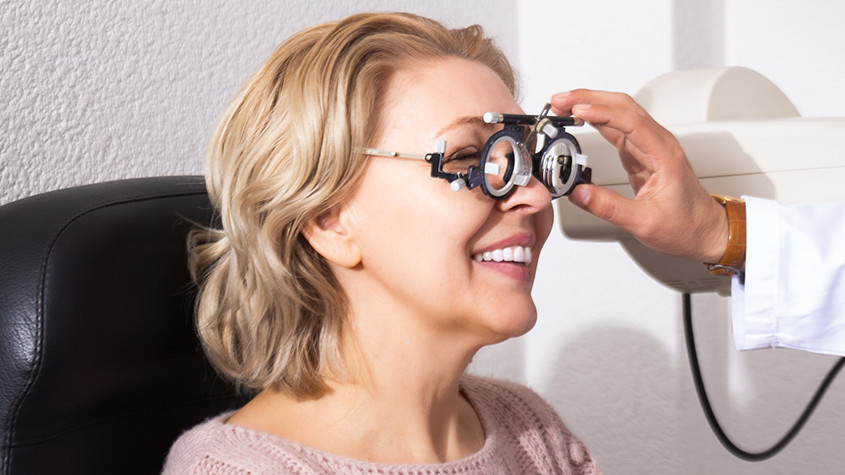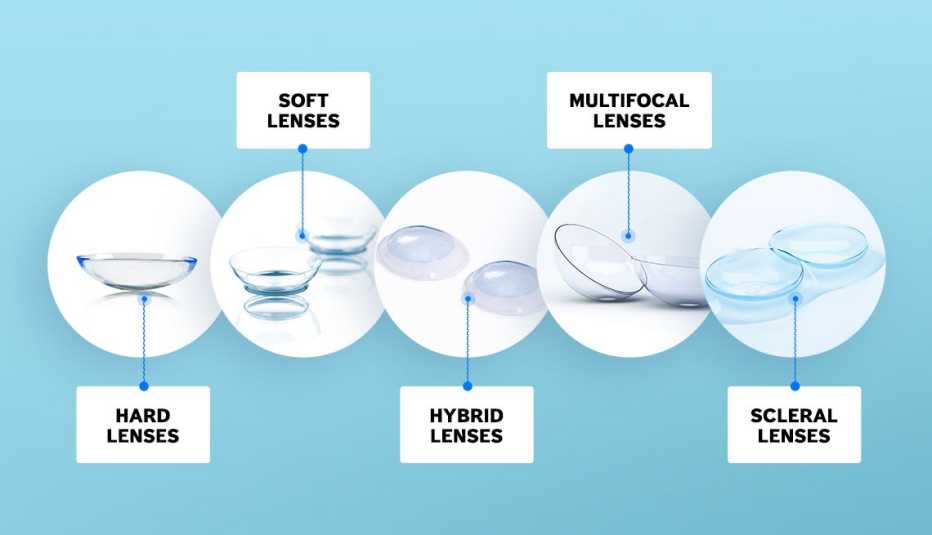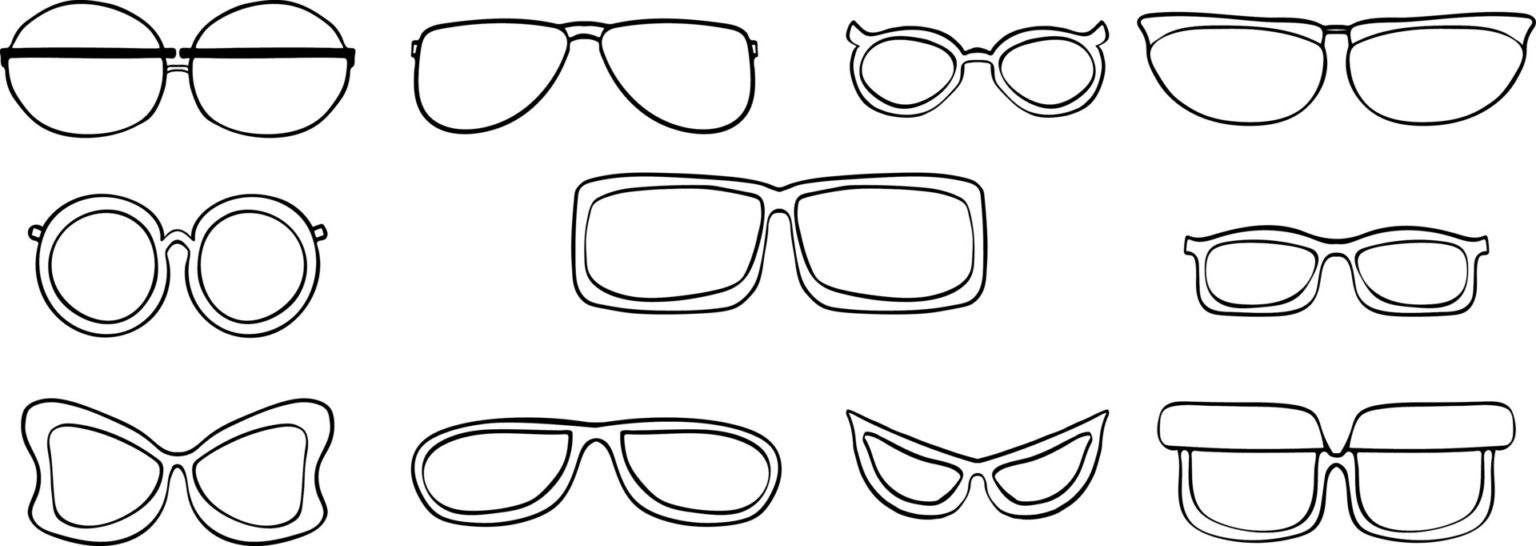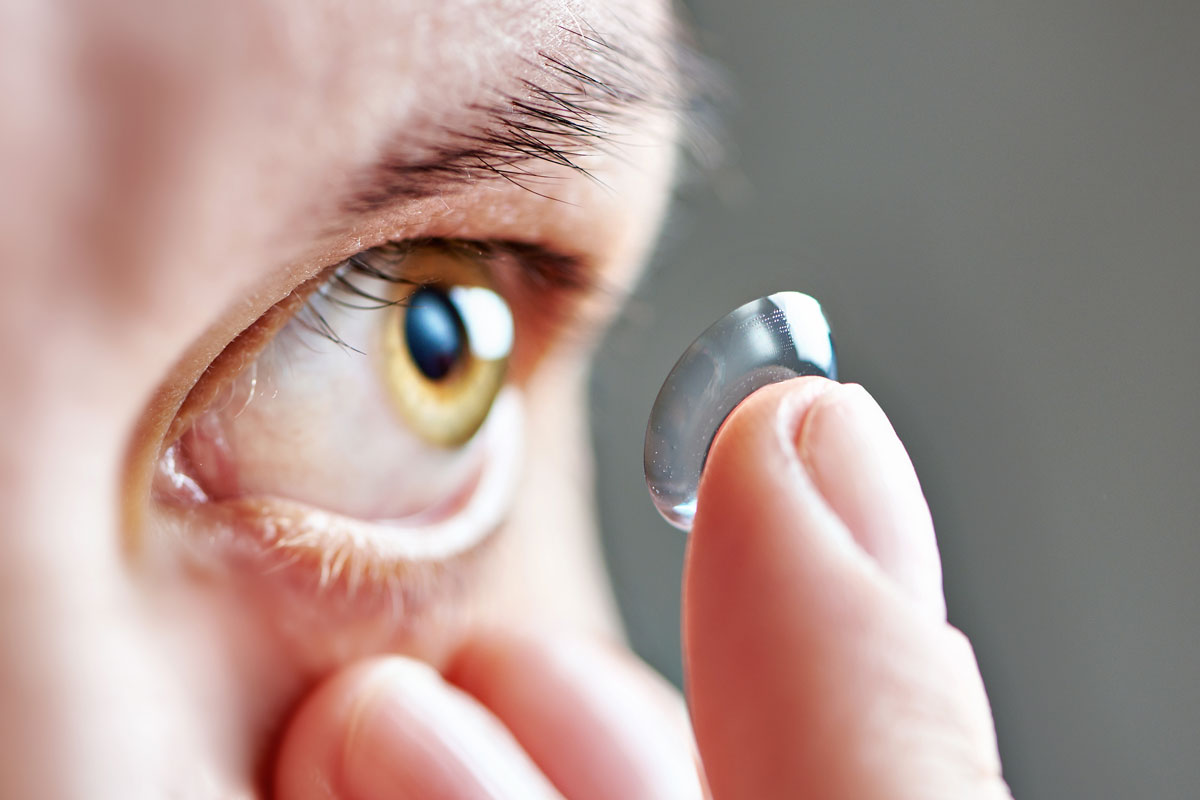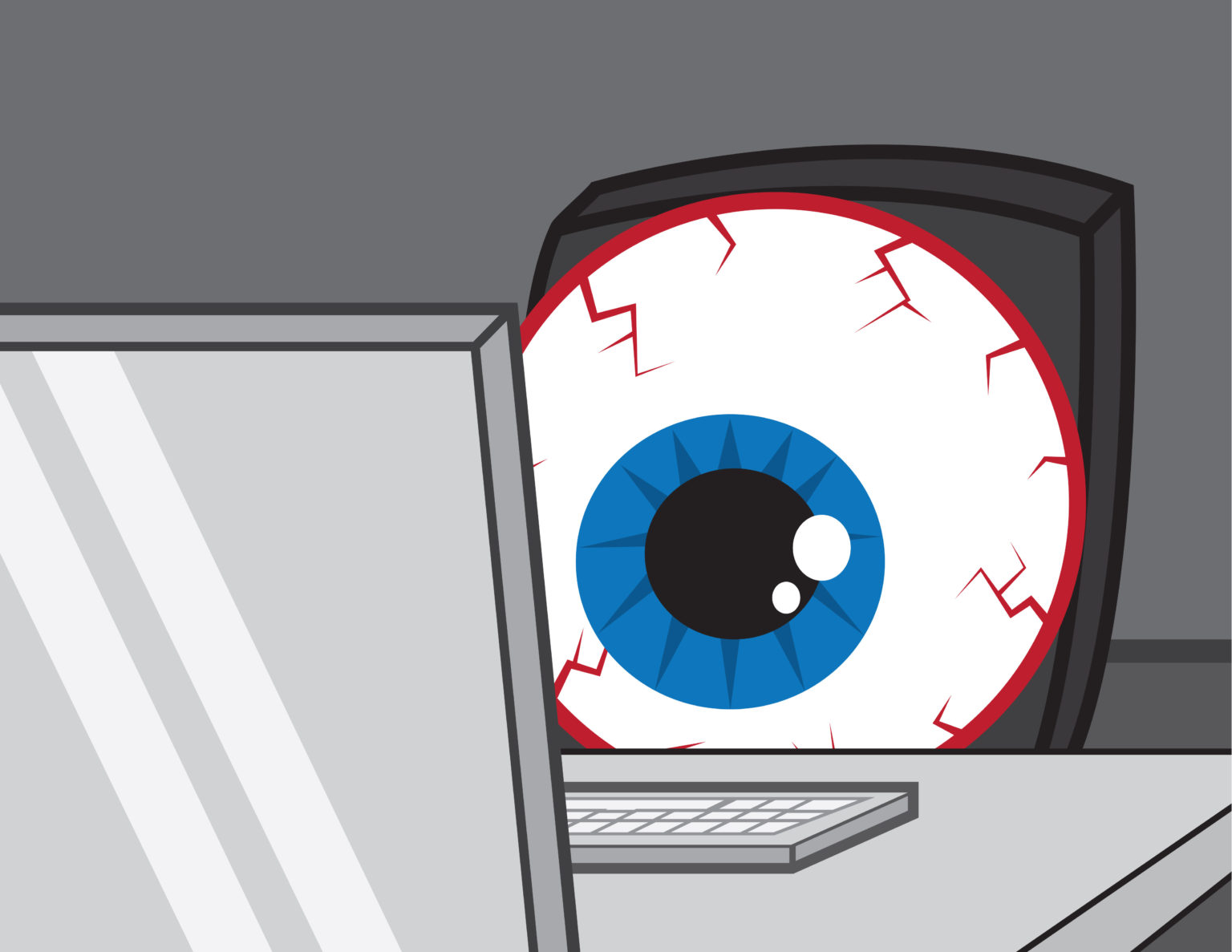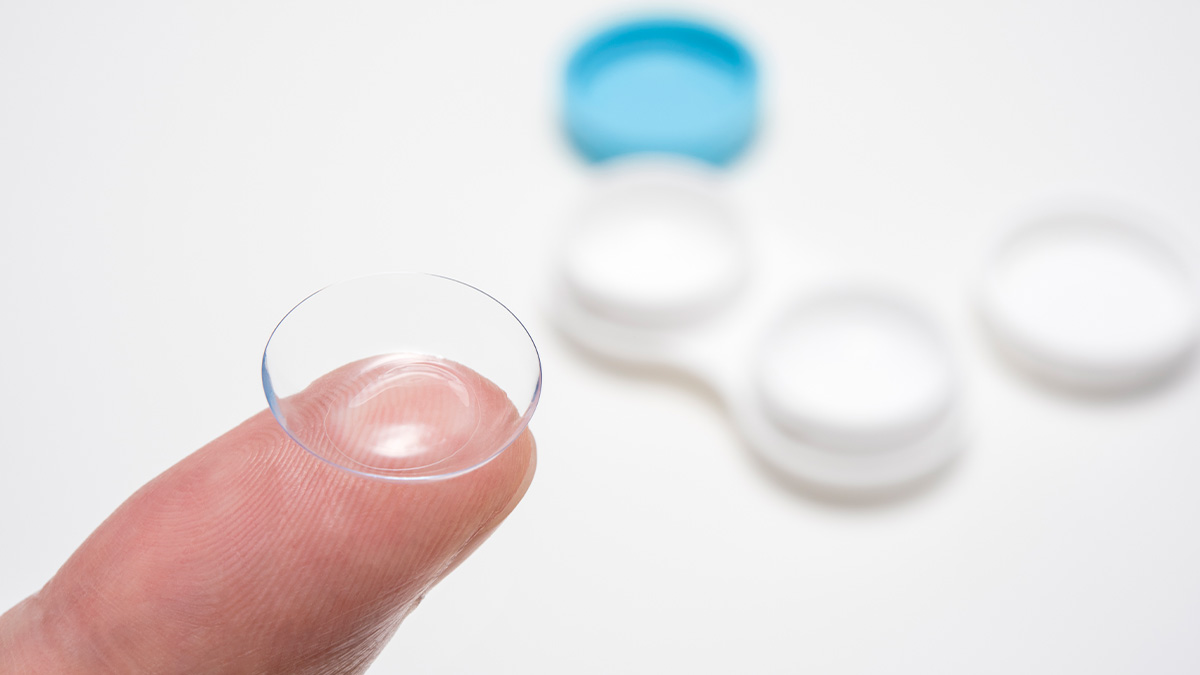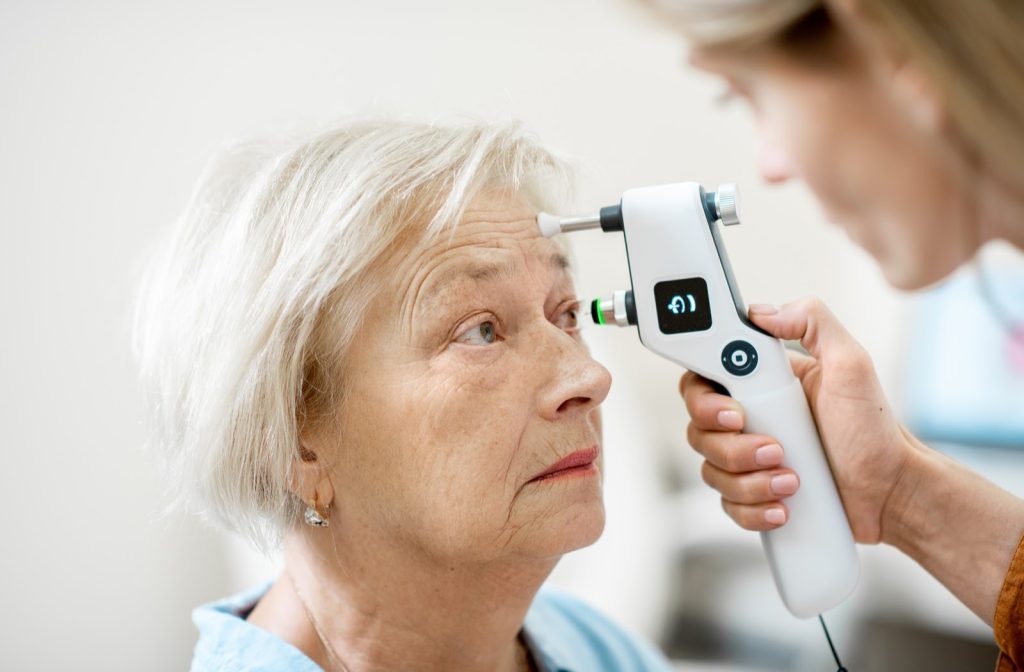Cosmetic Services
We all want to look our best and in the last decade, we have seen a significant increase in the number of people seeking cosmetic services in order to enhance their appearance. With our eyes being our most distinguishing feature, we want to make the most of them. Thankfully there is now a range of cosmetic services that can help to rejuvenate our eyes and the area around them to keep them fresh, young and wrinkle-free.
Let’s take a look at some of the services on offer.
Pigment removal
The brown pigment spots that appear on the face are often referred to as age spots and are a result of sun exposure. With age, the repeated exposure to UV rays causes melanin, a compound that is responsible for pigmentation and protecting the skin begins to clump together to form an area of hyperpigmentation. Whilst they aren’t any cause for concern, many people feel that they look unsightly. Luckily, there are a number of different treatments that you can get to remove them including topical creams, laser therapy, and chemical peels.
If you are suffering from darker pigmentation then we strongly recommend that you make an appointment with a qualified dermatologist who will recommend the best course of treatment for you, based on your specific needs.
Eyelid reduction
As we age, the skin around our eyes loses much of its elasticity, making it very common to develop sagging eyelids. This effect is often much more advanced in smokers and in those who have had excessive sun exposure.
Eyelid reduction surgery, known as blepharoplasty, is a very common aesthetic procedure that can give the face a much more youthful appearance and involves the removal of the excess skin and fatty tissue and the tightening of the relaxed muscles. It can be applied to your upper eyelids (known as upper blepharoplasty), lower eyelids (lower blepharoplasty) or both together.
If eyelid reduction is something that interests you, then ask your optometrist if he/she can suggest a professional and experienced cosmetic surgeon who will be able to answer your questions and assess whether you are a viable candidate for surgery.
Eyebrow hair removal
Your eyebrows are an important facial feature that provide structure to your face. Their close proximity to your eyes means that they also one of the first things that people notice about you. Despite plucking, threading or waxing to get them a perfect shape, many of us find that we are left with stubborn unwanted hair that sits between our brows to create the infamous ‘monobrow’ and let’s face it, they are never going to be in style!
Both men and women experience this embarrassing cosmetic fail, but you no longer have to! Laser hair removal is a quick, simple and relatively painless procedure that can completely remove the hair between your eyebrows.
Rid yourself of that monobrow for good and ask around for a personal recommendation for a great cosmetic laser hair removal business. There is probably one closer than you think!


